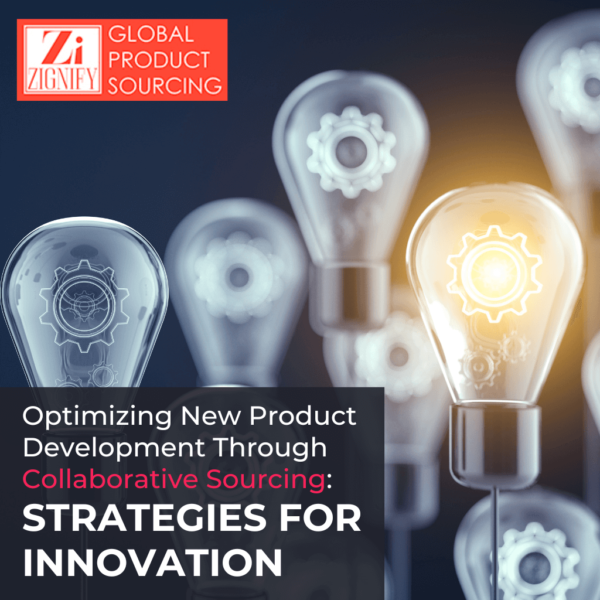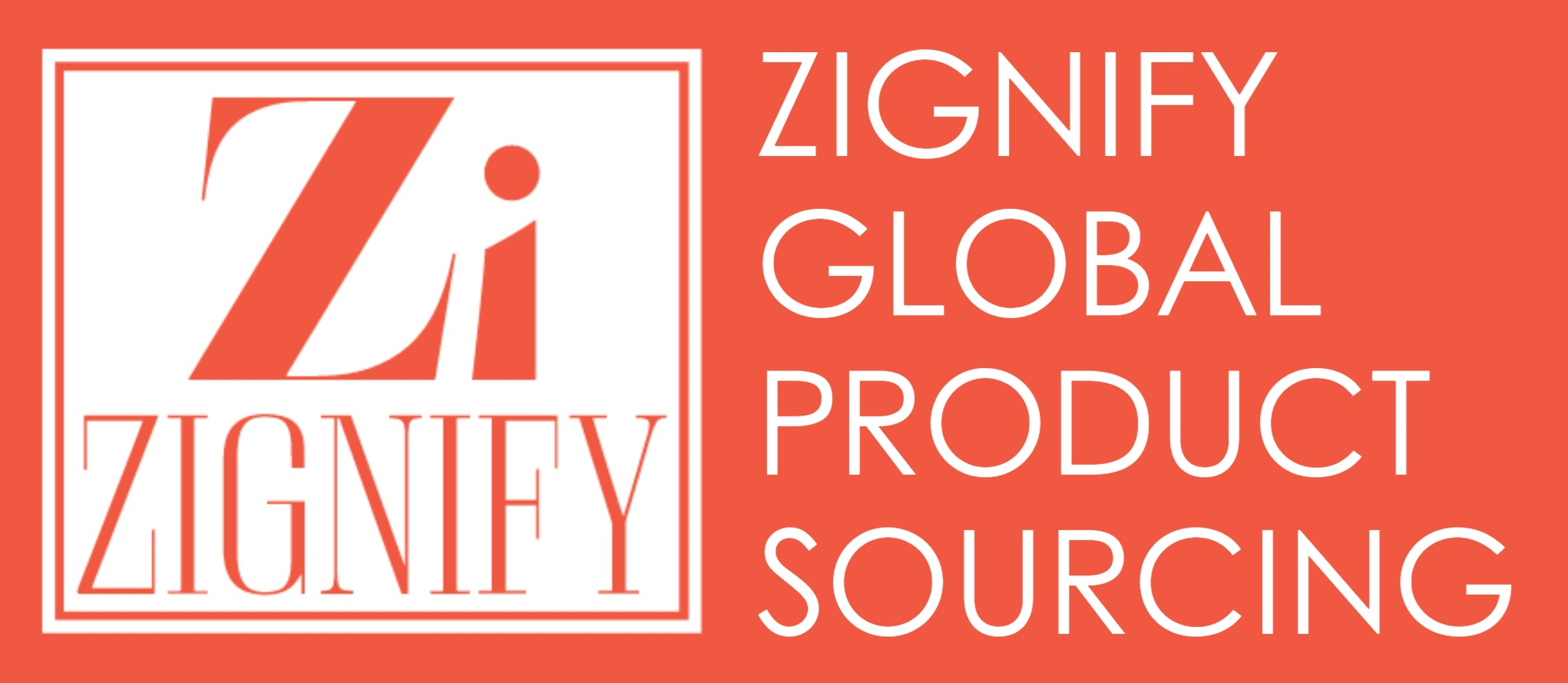
Staying ahead requires more than just a brilliant idea; it requires a strategic approach to product development that incorporates collaboration and innovation at every stage. This is where the integration of sourcing into the product development process comes into play. By collaborating with suppliers, businesses can unlock a wealth of creative insights, streamline processes, and develop products that truly resonate with their target audience.
Introduction to Integrated Product Development and Sourcing
Traditional product development and sourcing have often been treated as separate entities within businesses. However, the synergy between these two functions is undeniable. Integrated product development and sourcing entail a cohesive strategy that aligns suppliers’ capabilities with the organization’s innovation goals. This approach not only saves time and resources but also enhances product quality and competitiveness.
The Role of Suppliers in Innovation
Suppliers are not just transactional partners; they are key players in driving innovation. With their industry expertise and unique perspectives, suppliers can contribute groundbreaking ideas that may not have been considered otherwise. Collaborating with suppliers provides access to a pool of diverse insights, enabling the creation of products that stand out in the market.
Integrating Sourcing into the Product Development Process
The product development process traditionally involves stages such as ideation, concept development, prototyping, testing, and commercialization. Integrating sourcing means involving suppliers at specific stages where their expertise can make a significant impact. Supplier involvement can range from material selection and design input to cost optimization and manufacturing feasibility assessments.
Benefits of Collaborative Sourcing for New Product Development
The benefits of a collaborative approach to sourcing are far-reaching. By engaging suppliers in the product development journey, businesses can tap into external knowledge and capabilities, leading to products with unique features and enhanced performance. Moreover, collaboration can lead to quicker time-to-market and reduced development costs due to streamlined processes and shared resources.
Real-world success stories highlight the power of collaborative sourcing. For instance, a sportswear company collaborated closely with fabric suppliers to develop a high-performance, moisture-wicking material that revolutionized their product line. This innovation not only boosted customer satisfaction but also differentiated them from competitors.
Strategies for Effective Supplier Collaboration
To harness the full potential of collaborative sourcing, businesses must implement effective strategies:
- Clear Communication Channels: Establish open lines of communication between cross-functional teams and suppliers. The best suppliers are open and direct. Transparent sharing of goals, expectations, and challenges fosters a collaborative atmosphere.
- Cross-Functional Teams: Create multidisciplinary teams that include members from product development, design, engineering, and procurement. This ensures diverse viewpoints and comprehensive problem-solving.
- Shared Objectives: Align suppliers’ incentives with the organization’s goals. Mutual success should be the driving force behind collaboration.
Overcoming Challenges in Collaborative Product Development
While collaborative sourcing brings numerous benefits, it’s not without challenges:
- Intellectual Property Concerns: Sharing sensitive information with suppliers may raise intellectual property concerns. Establish clear agreements and safeguards to protect proprietary information.
- Cultural Differences: International collaboration can introduce cultural and communication challenges. Businesses must be sensitive to these differences and find ways to bridge gaps.
Supplier Selection and Relationship Management
Choosing the right suppliers is pivotal for successful collaboration. Supplier selection should be based not only on cost but also on factors such as innovation capabilities, flexibility, and shared values. Once selected, nurturing supplier relationships through regular interactions, feedback loops, and joint planning sessions is essential for long-term success.
Innovation Workshops and Idea Exchange
One effective way to foster collaboration is through innovation workshops and idea exchange sessions. These sessions provide a platform for brainstorming, idea validation, and concept refinement. By involving suppliers in such sessions, businesses can tap into their creative expertise and gain insights that may reshape the product’s direction.
Risk Management in Supplier-Driven Innovation
Collaborative sourcing introduces certain risks, including potential delays, quality issues, and changes in project scope. Businesses must proactively identify and mitigate these risks through effective risk management strategies. Having contingency plans in place ensures that unforeseen challenges do not derail the development process.
Measuring and Assessing Collaborative Innovation Success
To gauge the effectiveness of collaborative sourcing, businesses should define key performance indicators (KPIs) such as time-to-market improvement, cost savings, revenue growth, and customer satisfaction levels. Regularly tracking these metrics allows businesses to assess the impact of supplier collaboration on their overall success.
Case Studies: Real-world Examples of Successful Collaborative Sourcing
Numerous companies have reaped the rewards of collaborative sourcing. A leading electronics manufacturer partnered with component suppliers to co-develop a groundbreaking energy-efficient chip, resulting in a series of popular, eco-friendly products. These case studies demonstrate the transformative potential of supplier collaboration.
Future Trends in New Product Development and Collaborative Sourcing
As technology continues to advance, collaborative sourcing is expected to evolve. Emerging technologies like artificial intelligence, data analytics, and additive manufacturing are poised to reshape how suppliers and businesses collaborate. Furthermore, the future will likely witness an increased emphasis on sustainable sourcing and ethical partnerships.
In conclusion
Integrating sourcing into the product development process through supplier collaboration is a game-changer for businesses seeking innovation and market differentiation. By recognizing the value of suppliers as strategic partners, implementing effective collaboration strategies, and managing potential supply chain challenges, businesses can unlock a new realm of product development possibilities. The journey may be complex, but the rewards—enhanced products, streamlined processes, and competitive advantage—are well worth the effort.



